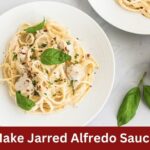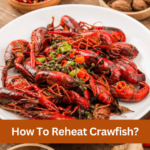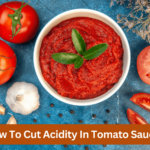In this comprehensive guide, we’ll explore everything you need to know about creating the perfect nomato sauce. From understanding the ingredients to step-by-step instructions, get ready to elevate your cooking game with this delicious nightshade-free alternative to tomato sauce.
Are you looking for a flavorful and versatile sauce that’s perfect for those following a restricted diet? Look no further than nomato sauce! Whether you’re following an autoimmune paleo protocol (AIP), a vegan lifestyle, or need to avoid nightshades, this sauce is a game-changer in the kitchen. In this guide, we’ll delve into the intricacies of crafting the best nomato sauce recipe, ensuring it’s packed with flavor and texture that rivals traditional tomato sauce.
Understanding Nomato Sauce
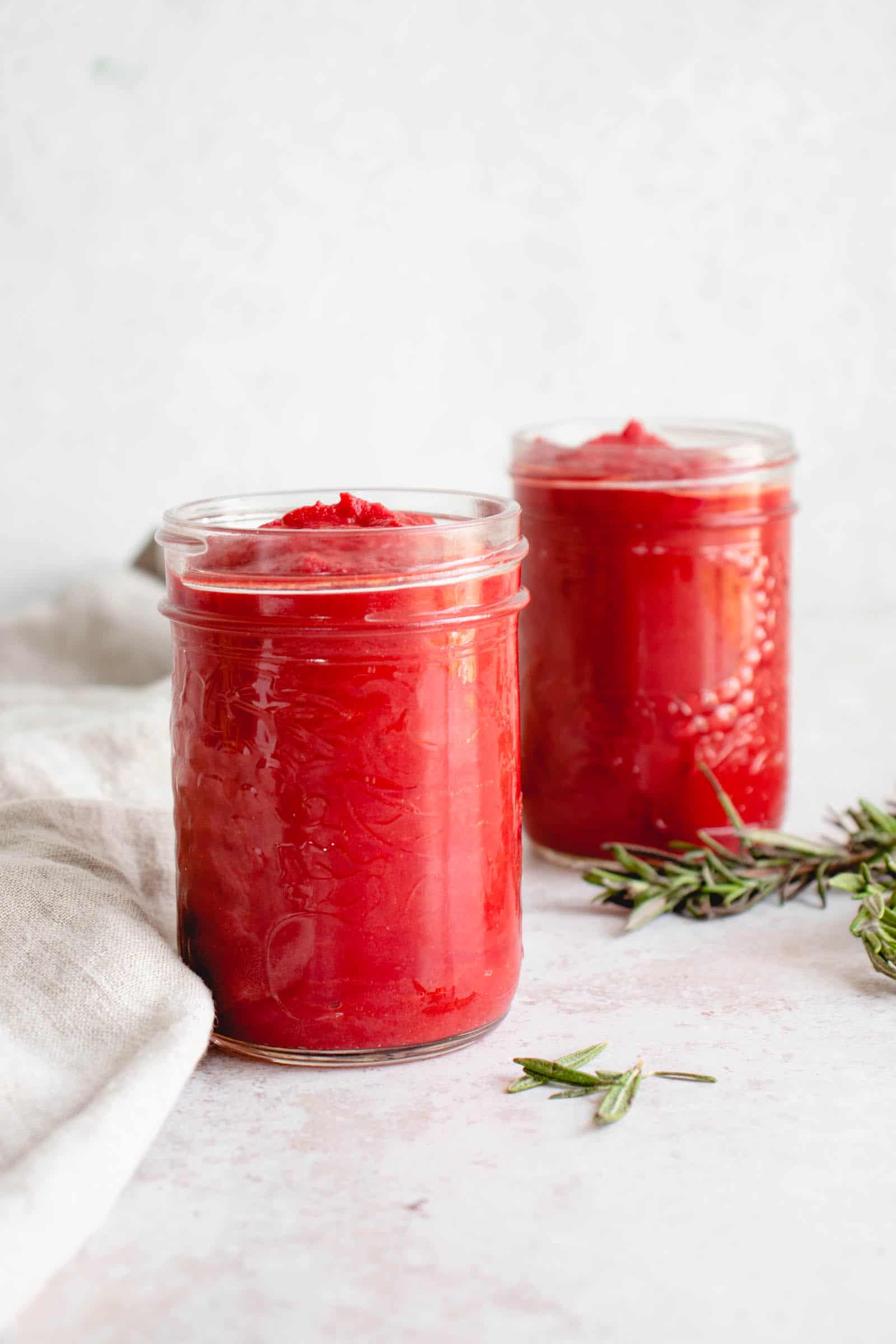
What is Nomato Sauce?
Nomato sauce, short for “no tomato sauce,” is a tomato-free marinara sauce alternative. It’s specifically designed for individuals who need to avoid nightshade vegetables, such as tomatoes, due to dietary restrictions or health reasons.
Why Choose Nomato Sauce?
- Dietary Restrictions: Nomato sauce is ideal for those following specific diets like AIP, vegan, or nightshade-free.
- Versatility: It can be used in various dishes, from pasta and pizza to lasagna and soups, providing a similar flavor profile to traditional tomato sauce.
- Nutrient-Rich Ingredients: Nomato sauce often incorporates a variety of vegetables and herbs, offering a nutrient-packed alternative to store-bought sauces.
Ingredients for the Best Nomato Sauce

Base Vegetables
- 1 large onion, diced
- 5 cloves garlic, sliced
- 1 cup carrot, diced (about 2 medium sized carrots)
- 1 cup celery, diced
- 1 cup butternut squash, cubed
- 1 medium-sized beet, finely cubed
Seasonings
- 1 teaspoon thyme (dried or fresh)
- 1 teaspoon basil (dried or fresh)
- 1 teaspoon oregano (dried or fresh)
- 1 teaspoon rosemary (dried or fresh)
- 2 teaspoons sea salt
Additional Ingredients
- 1/4 cup red wine vinegar
- 1 teaspoon honey or maple syrup for vegan
- 2 cups water
Step-by-Step Instructions

1. Prepare the Vegetables
Start by preparing the vegetables. This involves washing and peeling them as necessary, then cutting them into uniform pieces. For the onion, carrots, celery, butternut squash, and beet, aim for a dice or cube shape to ensure even cooking and blending later on. Additionally, thinly slice the garlic cloves to distribute their flavor throughout the sauce evenly.
2. Sauté the Vegetables
In a large stockpot or saucepan, heat some extra virgin olive oil over medium heat. Once the oil is hot, add the diced vegetables to the pot. This includes the onion, garlic, carrots, celery, butternut squash, and beet. Sauté the vegetables for about 4-5 minutes, stirring frequently to prevent them from sticking to the bottom of the pot. This initial sautéing step helps to soften the vegetables and release their natural flavors.
3. Season and Simmer
After the vegetables have softened slightly, it’s time to season the sauce. Add the dried thyme, basil, oregano, and rosemary to the pot, stirring them into the vegetable mixture. These herbs will infuse the sauce with delicious Italian flavors. Next, season the mixture with sea salt, adjusting the amount according to your taste preferences.
Once the herbs and salt are incorporated, it’s time to add the liquid components. Pour in the red wine vinegar, which provides acidity and brightness to the sauce, mimicking the tanginess of tomatoes. Then, add a touch of sweetness with honey or maple syrup, depending on your dietary preferences.
Finally, add water to the pot, ensuring that the vegetables are fully submerged. This liquid will help to cook the vegetables further and create the desired consistency for the sauce. Bring the mixture to a low boil, then reduce the heat to low and cover the pot. Allow the sauce to simmer gently for about 30 minutes, or until the vegetables are soft and tender.
4. Blend to Perfection
Once the vegetables have fully softened, remove the pot from the heat and let the sauce cool slightly. This step is important to prevent any splattering or steam burns when blending.
Next, it’s time to puree the sauce until smooth and creamy. There are a couple of ways to do this:
- Transfer the mixture to a blender and blend until smooth. You may need to work in batches depending on the size of your blender.
- Alternatively, use an immersion blender directly in the pot to puree the sauce until it reaches your desired consistency. Be careful when using the immersion blender to avoid splattering.
5. Serve and Enjoy
Once the sauce is smooth and creamy, taste it and adjust the seasoning if necessary. You can add more salt or herbs to enhance the flavor, if desired.
Finally, serve the nomato sauce immediately in your favorite dishes, such as pasta, pizza, lasagna, or soups. Alternatively, let the sauce cool completely before storing it in an airtight container in the refrigerator for up to one week, or in the freezer for longer-term storage.
Tips and Variations
Customize the Seasonings
One of the beauties of making your own nomato sauce is the ability to tailor the flavors to your liking. Feel free to experiment with different herbs and spices to create a sauce that suits your taste preferences. Here are some ideas to get you started:
- Fresh Herbs: While the recipe calls for dried thyme, basil, oregano, and rosemary, you can also use fresh herbs for a more vibrant flavor. Simply adjust the quantities accordingly, as fresh herbs tend to have a more potent taste than their dried counterparts.
- Additional Spices: Consider adding spices like smoked paprika, cumin, or fennel seeds to enhance the complexity of the sauce. Just be mindful of any dietary restrictions or flavor preferences.
- Heat: If you enjoy a bit of heat in your sauce, add a pinch of red pepper flakes or a dash of hot sauce to give it a spicy kick.
Texture Preferences
The texture of your nomato sauce can vary depending on personal preference and intended use. Here are some tips for achieving your desired consistency:
- Smooth vs. Chunky: Blend the sauce until smooth for a silky texture, or leave it slightly chunky for added depth and texture. You can control the texture by adjusting the blending time and method.
- Thickness: If you prefer a thicker sauce, simmer it for a bit longer to reduce the liquid content. Conversely, if you like a thinner sauce, you can add a bit more water during the cooking process or when blending.
Freezing and Storage
Nomato sauce freezes exceptionally well, making it convenient to have on hand for quick and easy meals. Here’s how to store and freeze your sauce:
- Portioning: Divide the sauce into smaller portions before freezing to make it easier to thaw and use as needed. You can use freezer-safe containers or even ice cube trays for individual servings.
- Thawing: When you’re ready to use the sauce, simply thaw it in the refrigerator overnight or heat it gently on the stovetop or in the microwave. Stir the sauce occasionally as it thaws to ensure even heating.
- Long-Term Storage: Nomato sauce can be stored in the freezer for up to three months without compromising quality. Be sure to label the containers with the date so you can keep track of how long they’ve been frozen.
Experiment with Ingredients
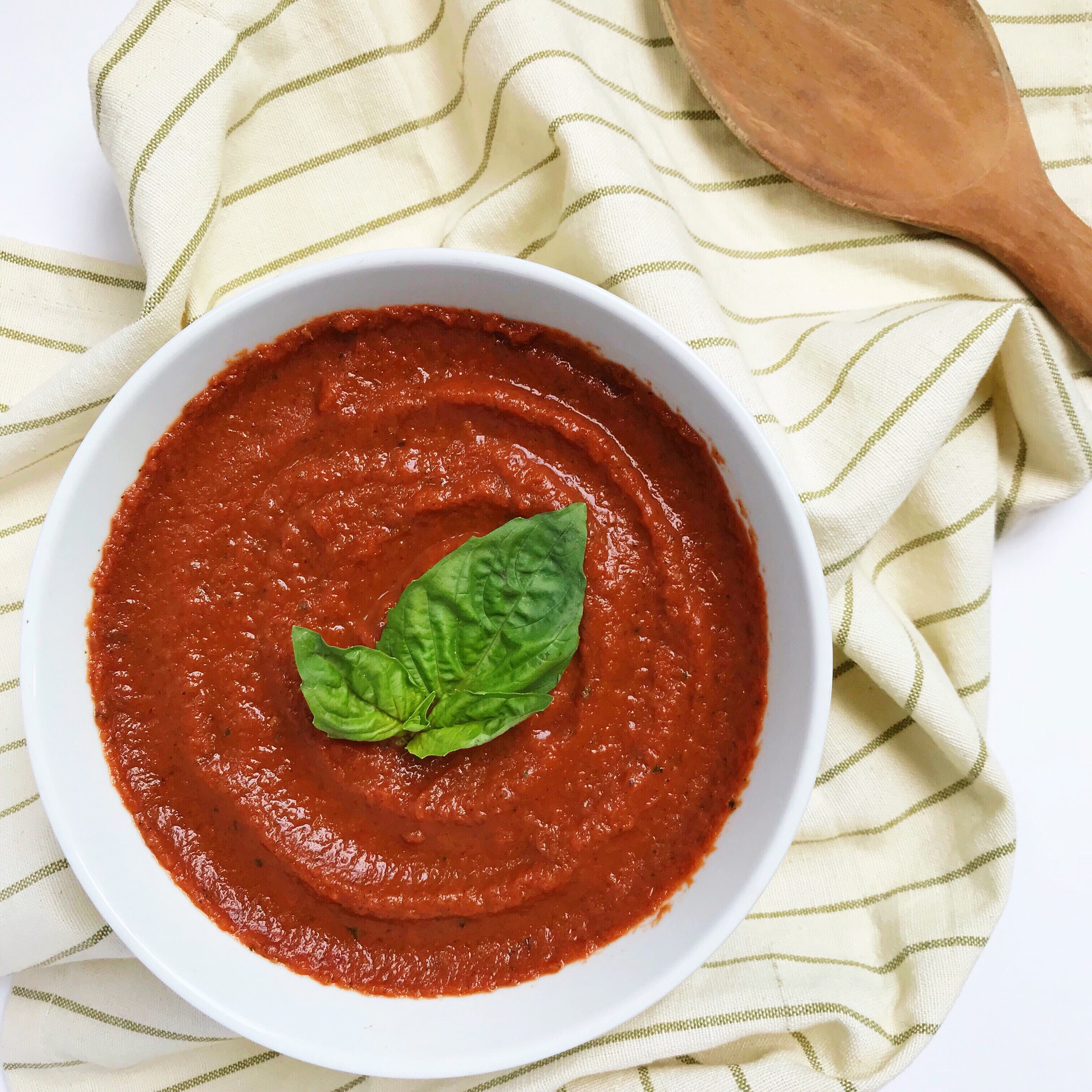
Don’t be afraid to get creative and experiment with different ingredients to customize your nomato sauce. Here are a few ideas to spark your culinary creativity:
- Add Vegetables: Consider incorporating other vegetables like bell peppers, mushrooms, or zucchini to add depth of flavor and nutritional variety to your sauce.
- Nutritional Boost: Boost the nutritional content of your sauce by adding ingredients like spinach, kale, or cauliflower. These veggies not only add vitamins and minerals but also contribute to the sauce’s vibrant color.
- Protein: For a heartier sauce, add cooked lentils, chickpeas, or ground meat such as turkey or beef. This will turn your nomato sauce into a complete meal option that’s both delicious and satisfying.
Taste and Adjust
Lastly, don’t forget to taste your nomato sauce as you go and adjust the seasoning as needed. Everyone’s palate is different, so feel free to tweak the salt, herbs, and other seasonings to achieve the perfect balance of flavors for your taste buds.
Conclusion
Mastering the art of making the best nomato sauce recipe opens up a world of culinary possibilities for individuals with dietary restrictions or those seeking a healthier alternative to traditional tomato sauce. By understanding the key ingredients, following the step-by-step instructions, and incorporating personalized variations, you can create a flavorful and versatile sauce that’s sure to become a staple in your kitchen. So, gather your ingredients, unleash your creativity, and embark on a delicious journey with nomato sauce today!





